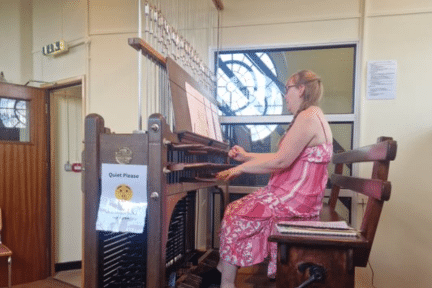100 Years of the Loughborough Carillon Tower

Saturday 22 July marked exactly 100 Years since Loughborough’s war memorial, the Carillon Tower, was opened.
There is a shared history between The Loughborough Schools Foundation and the Carillon Tower through our alumni. This history starts over 100 years ago when Wilfred Moss was involved in a committee charged with deciding how those who had died in should be remembered. Wilfred Moss attended LGS between 1881 and 1886, and following LGS, he was Mayor of Loughborough from 1922 to 1923.
The proposal of the Carillon Tower is credited to Wilfred Moss, but the connection goes even further as Wilfred’s younger brother, Charles, was involved in building the tower itself through their father’s company, William Moss and Sons.
You can read a publication written by LGS archivist, John Weitzel, ‘Wilfred Moss – The Carillon Tower’ to find out more about Wilfred Moss, the Carillon Tower and the Bells in the Carillon which were donated to the Tower by LHS and LGS pupils and alumni.
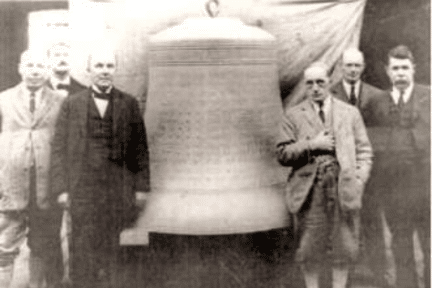
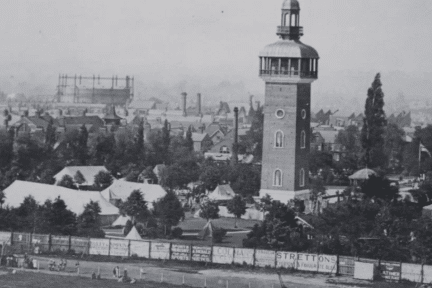
To mark the centenary of the Carillon Tower, Charnwood Borough Council organised a special recital that was performed in Queen’s Park before a Thanksgiving Service took place.
The recital saw the involvement of alumni from the Grammar School and High School. The recital was performed by the carillonneur, Caroline Sharpe (LHS 1997) who plays the bells in the tower, which can regularly be heard across town, and a new musical composition titled Silent Chimes was performed and composed by Pip Greasley (LGS 1965).
Pip shared with us the process of composing a song that would reflect the history of the Carillon Tower, its role as the War Memorial and as a way to look toward the future.
“The title of the work ‘Silent Chimes’ refers to the Carillon’s missing bells. The instrument was originally designed for 49 bells with all the mechanisms for striking them, but those pitched at C sharp and E flat were never cast. In the score these notes are struck creating a silence for personal reflection. For the Centenary Service this silence was preceded by the text ‘Let’s spare a thought for those families and children caught in the cross-fire of conflict’, which was read out by Revd. Wendy Dalrymple.
In contrast, it was also important to celebrate the role of the tower’s musical contribution to the wellbeing of Loughborough. And for that I drew upon some of my experiences from school days – particularly the annual fair, and importantly my interest in local history – inspired by two wonderful form masters – ‘Neddy’ Griffiths and the Hon Rodney Elton. They were both brilliant historians who took us on countless field trips to historic sites – including Taylor’s Bell Foundry, who cast and still maintain the bells in the Carillon. Other references in the work include local names like Tuckers, Brush and Morris Cranes.
Writing a score for the carillon instrument is quite a challenge and is a far cry from the electronics I use for movie scores. It’s a living instrument with its own idiosyncratic ways, which you have to work round. Luckily, in developing ‘Silent Chimes’. I worked closely with the Borough carillonneur , Caroline Sharpe, who does a fantastic job skillfully punching the levers that the strike the bells via a mechanical system of rods, cables and clappers.”
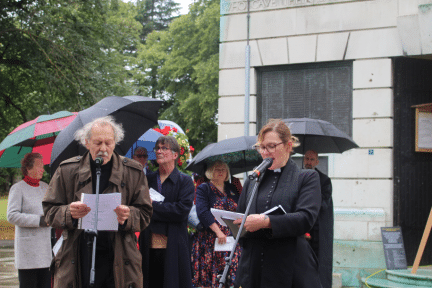
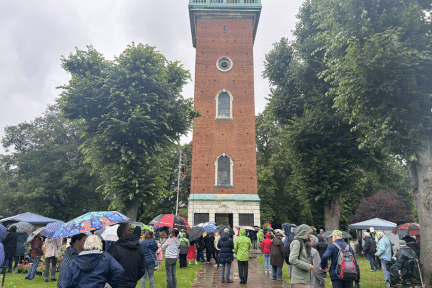
Caroline Sharpe has been a carillonneur for 23 years after applying for and securing the role of trainee carillonneur in Loughborough in 2000.
A Carillon is an instrument that consists of a collection of bells that are played in a similar manner to a piano. When Caroline started playing the carillon, she already knew how to play the piano and could read music, which she said really helped her when learning this instrument. Whilst a piano has keys, the carillon is played on a keyboard which is made of wooden batons and foot pedals. Each of these batons and pedals are attached to a wire which goes up to the bell chamber to an associated bell.
What makes the Loughborough Carillon even more special is that there are only 16 Carillons across the country, but Loughborough is the only one to be classified as a Grand Carillon as it sits within a purpose-built building which holds its 47 bells.
As the Loughborough Carillon is a massive stationary instrument, it is very public and there isn’t any shying away when it comes to practicing any new pieces. You can quite often hear Caroline playing the Carillon in Loughborough as she plays a mixture of traditional songs as well as special requests by visitors to the tower.
Speaking on the centenary celebrations, Caroline said “To be the carillonneur during the centenary was just such an honour. The Carillon is a very memorable landmark for all locals and to be involved in the centenary celebrations is so special.
It was also very interesting working with Pip Greasley, who composed ‘Silent Chimes’ as I have not worked with a composer before. It was really special working together on a bespoke piece for the centenary.”
Despite the rain on the day, it was a wonderful recital to mark such a special occasion in Loughborough history. You can watch the performance of Silent Chimes, on YouTube.
